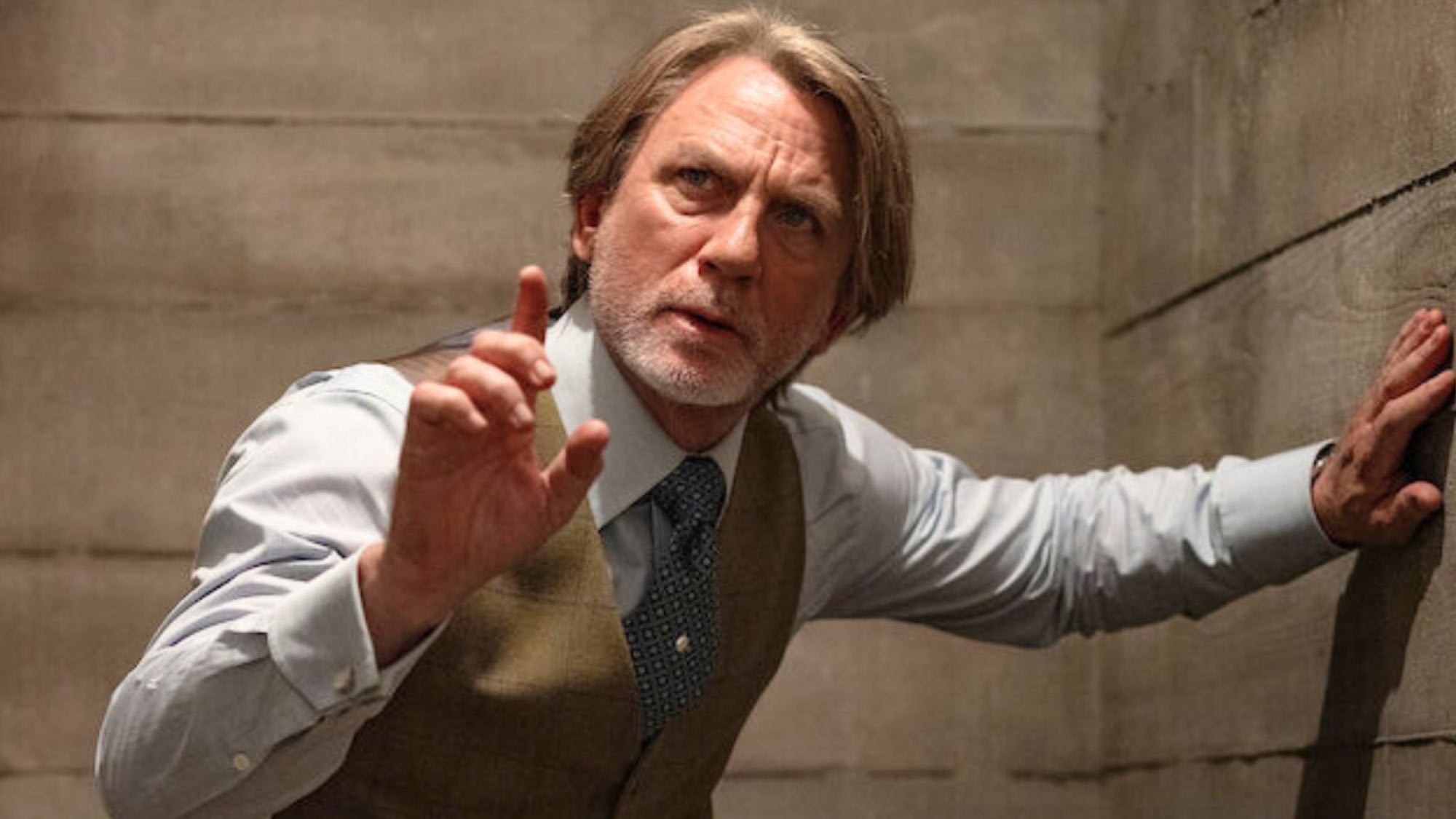Tom's Guide Verdict
The Fujifilm X-T50 succeeds and improves on the X-T30 II and it packs a punch with a huge 40.2MP sensor, excellent in-body image stabilization and reliable autofocus. Its biggest selling point is the new film simulation dial for maximum creativity. But there’s no weather-sealing and battery life is subpar.
Pros
- +
High-res 40.2MP sensor
- +
Gorgeous image and video quality
- +
Film simulation dial
- +
Outstanding AF and IBIS
- +
Premium retro design
Cons
- -
No weather-sealing
- -
Poor battery life
- -
Expensive
Why you can trust Tom's Guide
Fujifilm has been at the forefront of camera technology for decades now, and we’ve raved about many of their products here at Tom’s Guide. Some of them have also rightly earned their place amongst the best mirrorless cameras. If you weren’t already in love with photography, Fujifilm’s latest offering might just tip you over.
Say hello to the Fujifilm X-T50, the X-T30 II’s successor. This fashionable retro camera is very easy to love, thanks to its stellar image quality. It packs a punch with impressive specs, such as the 40.2MP sensor, 5-axis of image stabilization, and a hybrid AF system with Fuji’s latest detection algorithms. There’s also a new film simulation dial to ensure creativity is always at your fingertips. The X-T50 isn’t a perfect camera though, and does have a few shortcomings you should consider.
For the full breakdown, read our full Fujifilm X-T50 review.
Fujifilm X-T50 review: Specs
| Fujifilm X-T50 | Header Cell - Column 1 |
|---|---|
| Sensor | 40.2MP APS-C X-Trans CMOS 5 |
| Processor | X-Processor 5 |
| Stabilization | 5-axis IBIS, up to 7 stops |
| AF System | Intelligent Hybrid AF |
| Viewfinder | 0.39-inch OLED EVF, approx. 2.36 million dots |
| Display | Tilt-Type LCD touchscreen, approx. 1.84 million dots |
| ISO range | 125-12,800 (expandable to 64-51,200) |
| Max video resolution | 6.2K @ 30p |
| Ports | USB-C; Micro-HDMI; 3.5mm mic; 1x SD/SDHC/SDXC UHS-II |
| Wireless connectivity | Wi-Fi; Bluetooth |
| Max shooting speed | 8fps mechanical; 20fps electronic |
| Max shutter speed | 1/4000 sec mechanical; 1/180,000 sec electronic |
| Battery life (CIPA) | 305 shots (390 eco mode) |
| Size | 4.87 x 3.3 x 1.92 inches |
| Weight | 15.5 ounces |
Fujifilm X-T50 review: Price & availability

Launched in June 2024, the Fujifilm X-T50 is available in silver, black and charcoal grey colorways, and starts at $1,399 / £1,299, body only. You can also get the new XF 16-50mm f/2.8-4.8 lens as part of the kit, which costs $1,799 / £1,649. This lens is one of the first designed after the 40.2MP sensor, so it’s a great lens to buy with any of the X-Trans CMOS 5 HR sensor cameras as, unlike older XF lenses, it will have been designed to resolve the high MP count.
There’s no sugarcoating it: the X-T50 is expensive. It succeeds the Fujifilm X -T30 II which has a retail price of $899 / £799 (body only), so this feels like a big jump. It does improve on a lot of its predecessor’s flaws though, and it’s not a huge deal cheaper than the advanced Fujifilm X-T5 ($1,699, body only). If you don’t mind stepping down to 26.1MP, you can also go for the Fujifilm X-S20 ($1,299, body only), which features the X-Processor 5 and latest AF, paired with the fifth generation 26MP sensor.
Fujifilm X-T50 review: Design

Successor to the Fujifilm X-T30 II, the X-T50 inherits its retro styling cues, including the trademark control dials, albeit with a slightly more rounded design at the edges. Weighing only 15.45 ounces, I found the X-T50 comfortable to hold for long periods of time, and it’s just the right size (4.87 x 3.3 x 1.92 inches) to slip into your bag, making it the ideal travel companion. Adding to the comfort is a sculpted grip which extends to the front command dial, offering better handling and support at tricky angles — a definite improvement over the X-T30 II.

On the bottom plate of the X-T50 you’ll find a battery and memory card slot (no dual card support, separating this from the more advanced X-T5).
Get instant access to breaking news, the hottest reviews, great deals and helpful tips.

Connectivity options are as you’d expect in this price range, comprising a micro HDMI port, a USB-C port, and a 3.5mm mic port.

A 3-inch LCD touchscreen with a 1.84 million-dot display adorns the back of the camera, and features a 3-way tilt mechanism. I found this really useful for shooting video and stills at low angles. As we saw with the X-T5, this screen demonstrates Fujifilm re-prioritising photography over video in their X-T line cameras — such a screen will prove limiting for video when compared to a fully articulating screen, as used on the previous generation of Fuji cameras like the X-T4. The touchscreen itself is quite responsive, handy for zooming into images or scrolling through media, etc. You also get a 2.36 million-dot OLED EVF. The touchscreen is bright but its brightness can be increased/decreased accordingly, and you get clear images on screen, so you can easily review and compose your shots.

Fujifilm has probably done this to maintain some distance between this camera and the more advanced X-T5, but the X-T50 isn’t weather-sealed. While not ubiquitous in this price bracket, this is a shame because, as a street or travel camera, how are you meant to use it if you’re out and about and it starts to rain? During my testing, it started to rain twice and I was scrambling to shove the camera into my backpack lest it not survive. Not great.
Fujifilm X-T50 review: Controls

Let’s talk about the main event: the new film simulation dial. The X-T50 is the first Fujifilm camera to host this dial on its body, and it’s really handy as it allows you to quickly switch between simulations without having to assign them to a specific button. This dial replaces the Drive mode dial seen on older models, and lets you switch between eight preset simulations and three additional ones that can be assigned to FS1, FS2 and FS3. There’s also a C option, and setting the dial to C will activate whatever simulation is set in your custom settings (accessed via the Q menu). It isn’t impossible to turn the dial when you’re holding the camera up to your eye — I did it a lot and it was fine, but this will be down to personal preference.
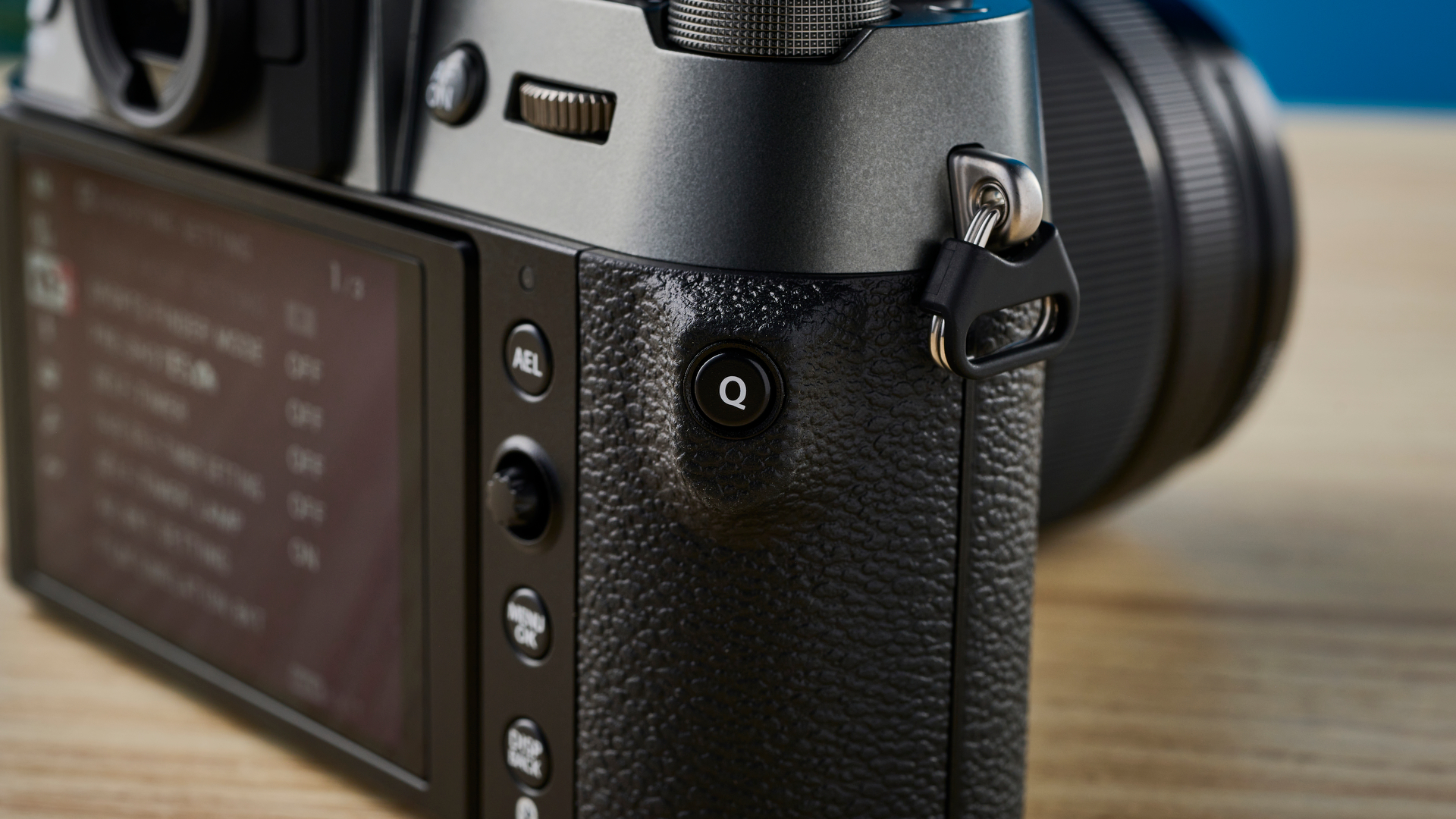
The other controls on the X-T50 are relatively well laid out, except for the quick menu Q button, which is still in the same awkward place as on the X-T30 II, and I kept pressing it with my thumb by mistake.

Dials on the top plate let you view and change exposure compensation and shutter speed quickly, although the latter can be assigned to command dials too.

The X-T50’s menu may overwhelm you, especially if you’re new to the system. There seems to be a lot going on but give it a little time. I’m a fan of Canon’s menu system as it feels more straightforward and intuitive, but I didn’t take much time getting used to Fuji’s. Good thing, though, is that if there’s a particular setting you constantly use, you can assign it to buttons or gestures. That way you won’t struggle every time. It’s still better than the Nikon Z fc’s menu system.
Fujifilm X-T50 review: AF performance

The Fujifilm X-T50’s has strong autofocus capabilities, utilizing the Hybrid AF system. Thanks to Fuji’s latest X-Processor 5 image processor, the X-T50 features subject detection, and can track humans, animals, birds, vehicles, and even insects — the X-T30 II could only detect and track human faces and eyes. To test this out, I took the X-T50 to Bath City Farm in southwest England, and filmed and photographed alpacas, sheep, rams, chickens and goats. Even though the animals moved their heads and walked around, the X-T50 managed to keep up with them. And while filming moving leaves on trees, the continuous AF kept up, never losing focus of the subject.
Fujifilm X-T50 review: Image quality
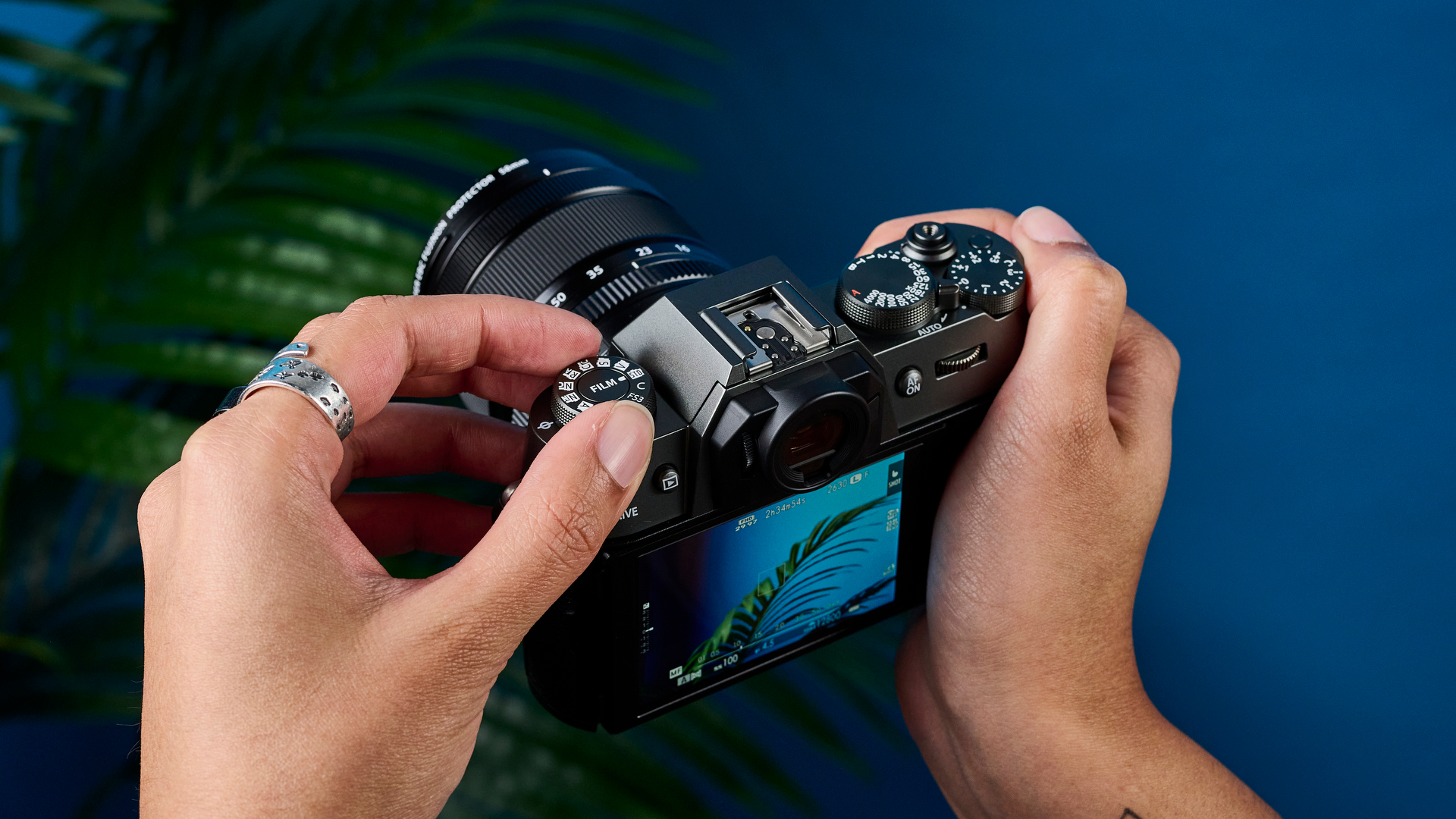
The Fujifilm X-T50 excels in image quality. Like the X-T5 and X100VI, it uses Fuji’s latest X-Processor 5 image processor and 40.2MP APS-C sensor. In terms of its shooting rate, the X-T50 has a 20fps electronic shutter (with a 1.29x crop) while its mechanical shutter manages 8fps. This isn’t exactly rapid, but this isn’t intended to be a blistering sports or wildlife camera.
The X-T50 inherits the 5-axis in-body image stabilization system from the Fujifilm X-H2/S and Fujifilm X-T5, with up to 7 stops of compensation. IBIS works great in low light, as demonstrated by the photo of the cranes below, which was shot at 1 second and doesn’t appear blurred at all.
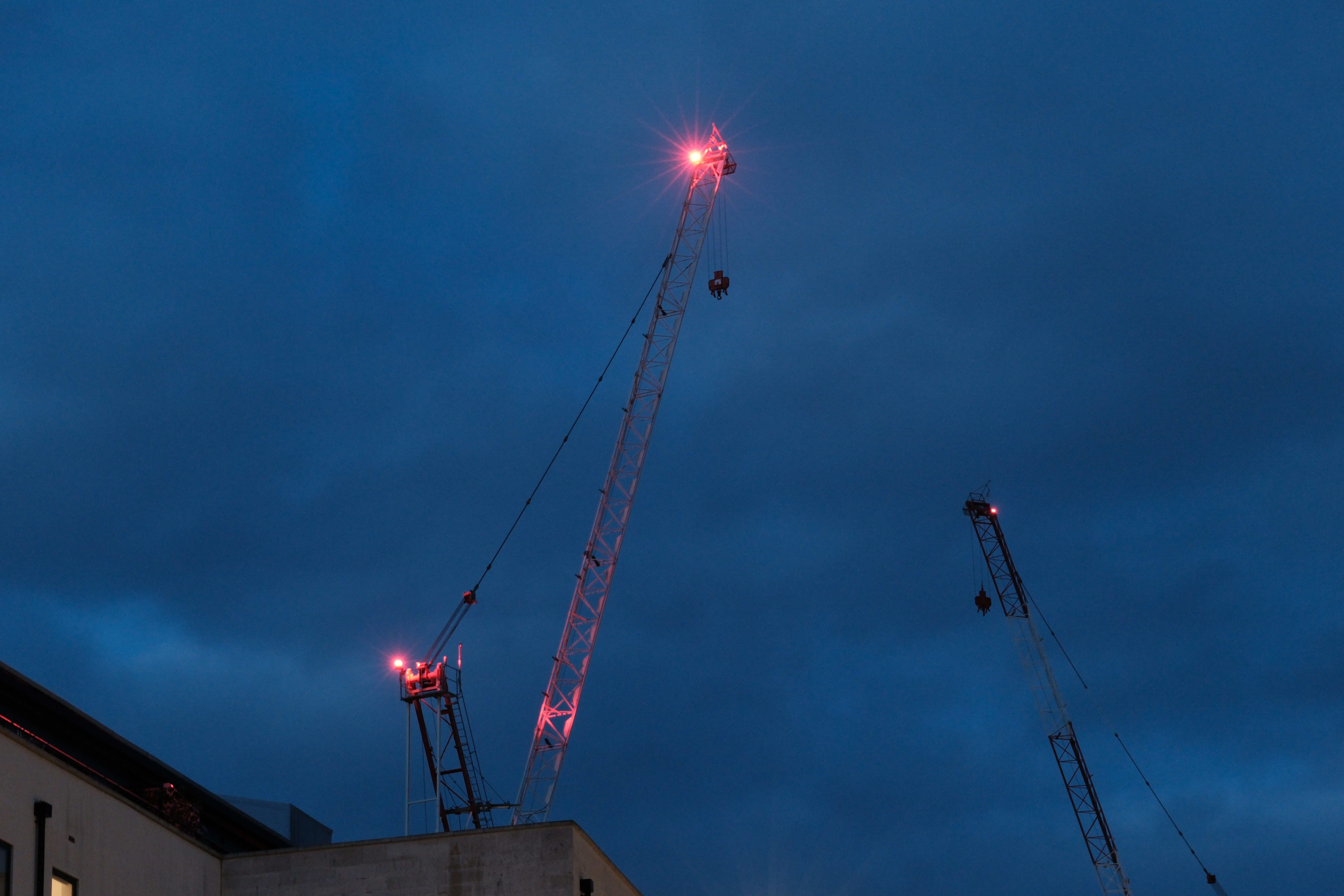
For this review, I tested the X-T50 in both sunny and cloudy conditions in Bath, U.K., shooting a mix of street, animal, and nature photography. The 40.2MP sensor produces crisp and sharp images with enough detail that you can crop in. This is demonstrated by the photo of the ram below which, when cropped in, still shows lots of minute details like the individual strands of the rams hair, and the ridged patterns on his horns.
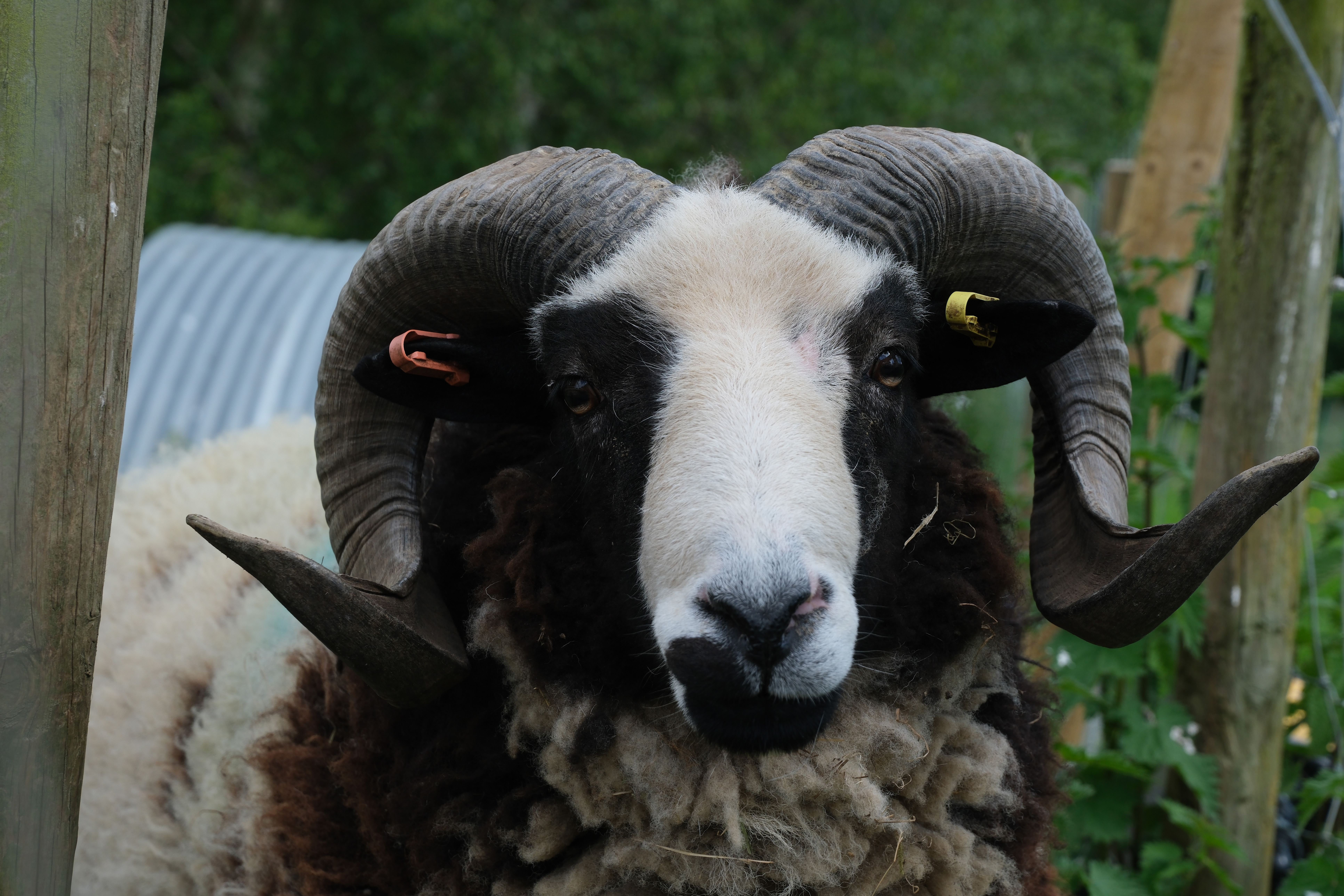
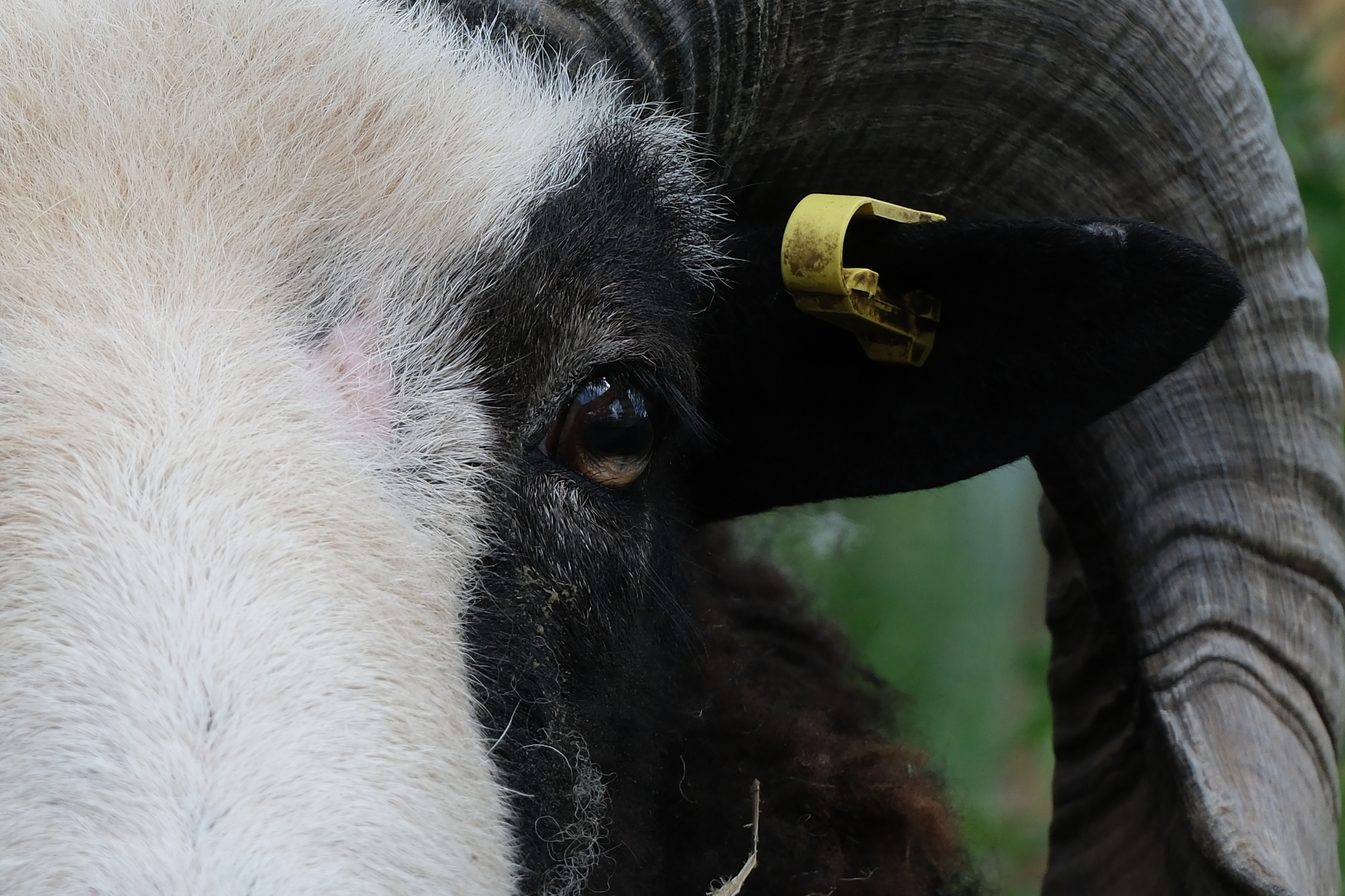
So how about that film simulation dial, eh? Film simulations are what draws many people to Fujifilm cameras, and the X-T50 offers 20 so there’s something for everyone — and every shooting condition. Velvia/Vivid is one of my favorites, as it contrasts muted colors well against the popping greens. The photos below — minor adjustments made to exposure in Lightroom — are good examples of this.
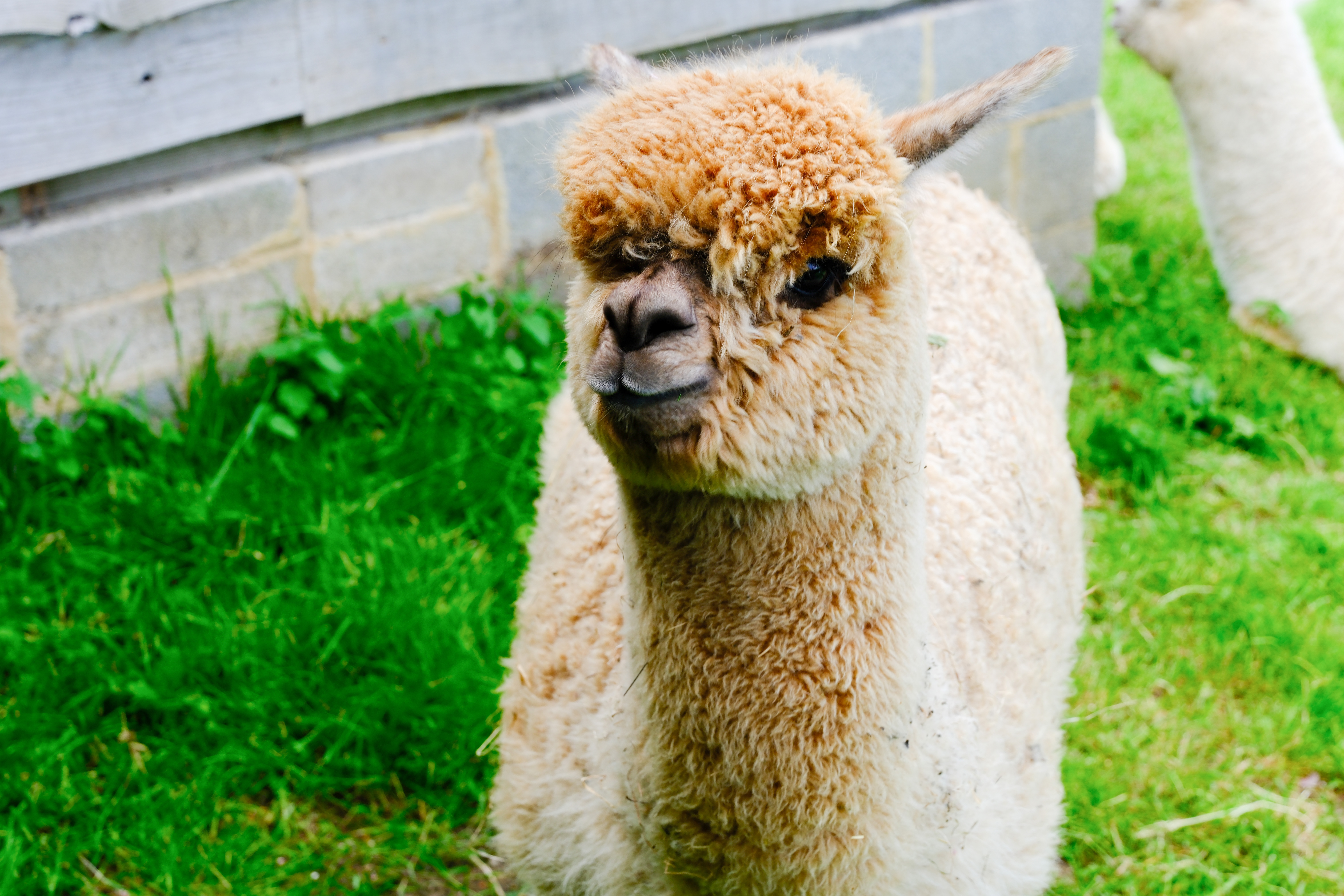


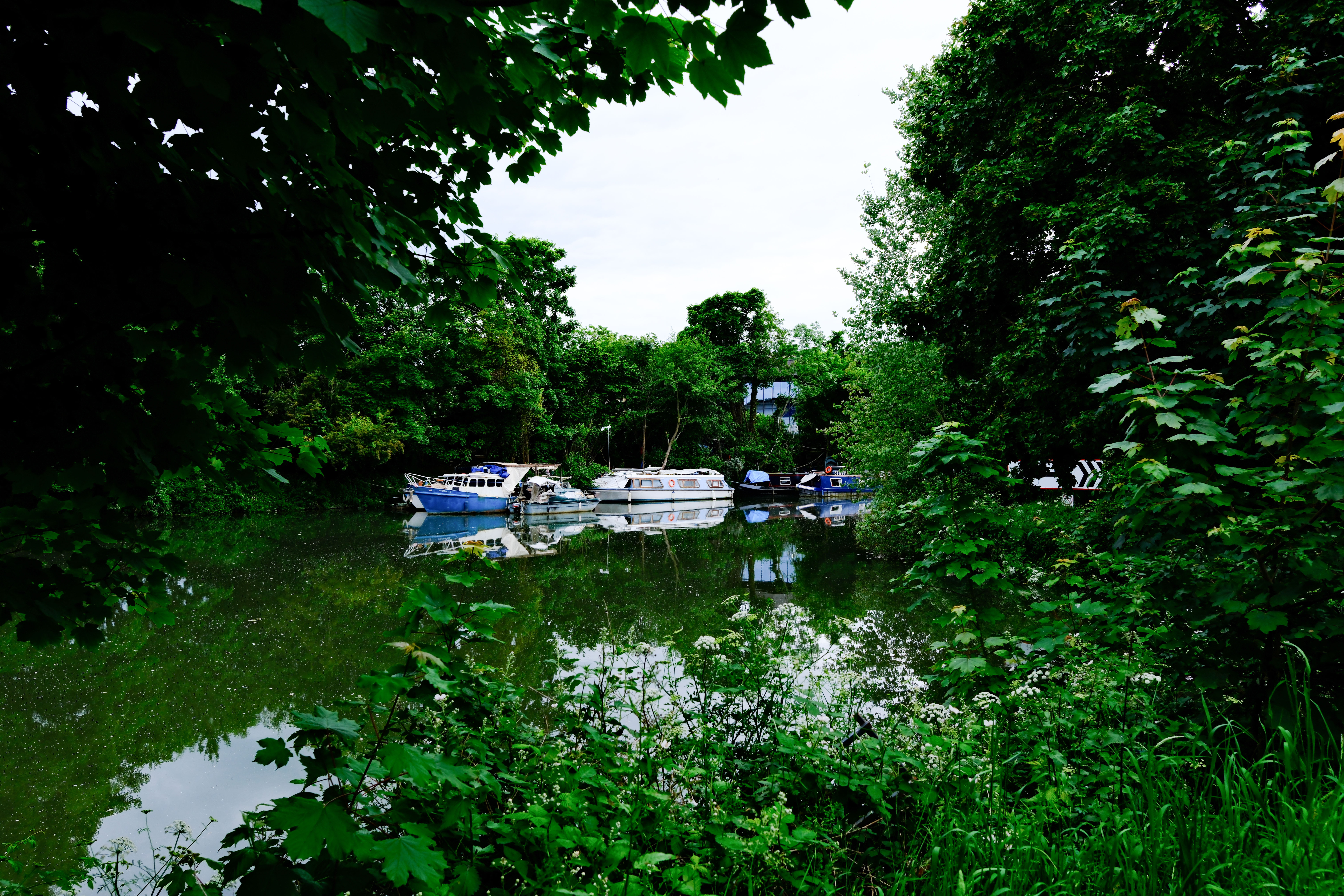
This simulation recipe worked great in bright conditions, but when it was cloudy — as it usually is in the U.K. — I settled for Nostalgic Neg while shooting on low ISO settings. All the photos below were shot set to Nostalgic Neg, and they feel, well, nostalgic. There are plenty of film simulations for you to get creative with, including Reala Ace which is currently only present in the GFX100 II and the X100VI. Fujifilm is yet to bring this to other recent cameras via firmware updates. Using the simulations takes a bit of trial and error but the results are always excellent.
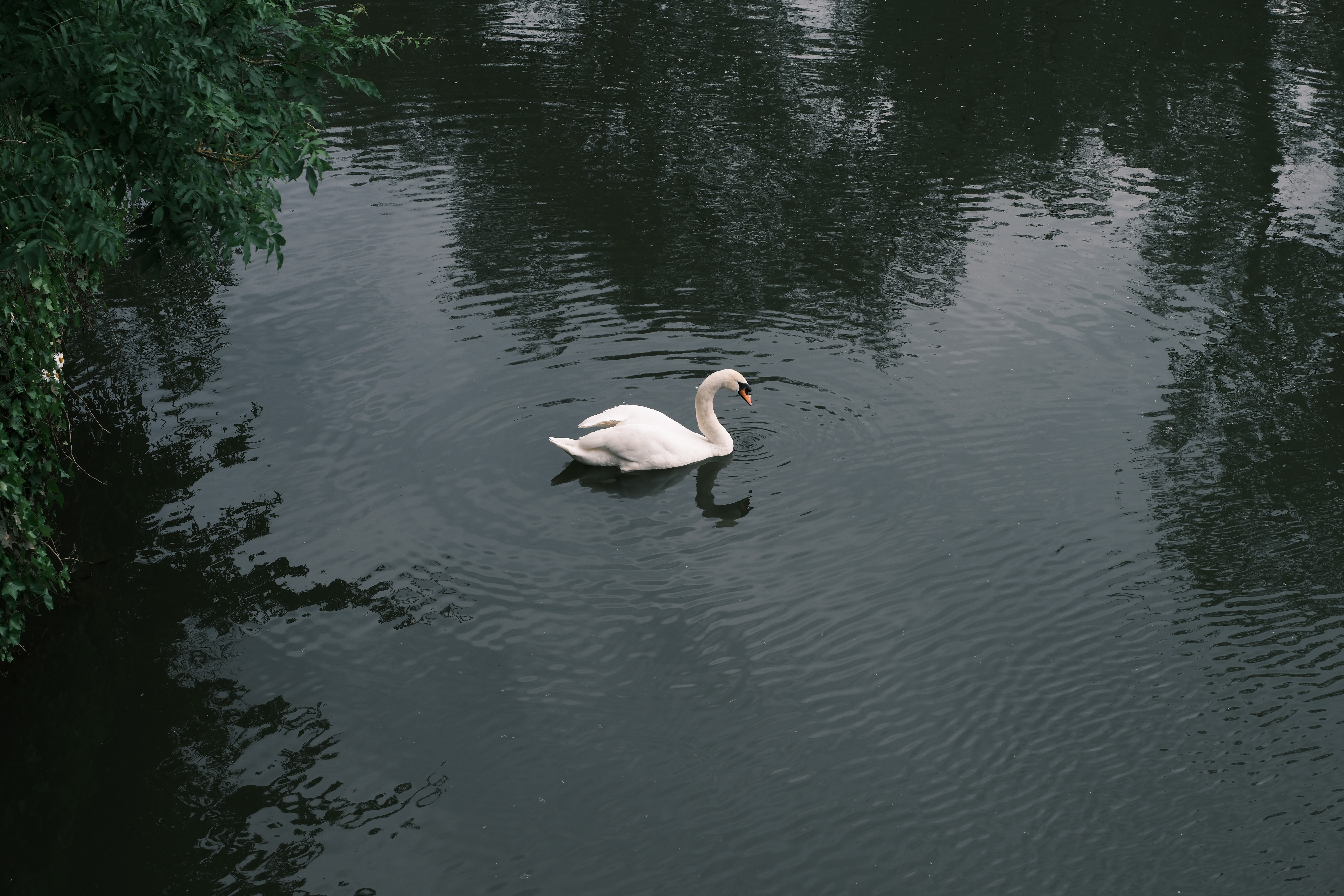

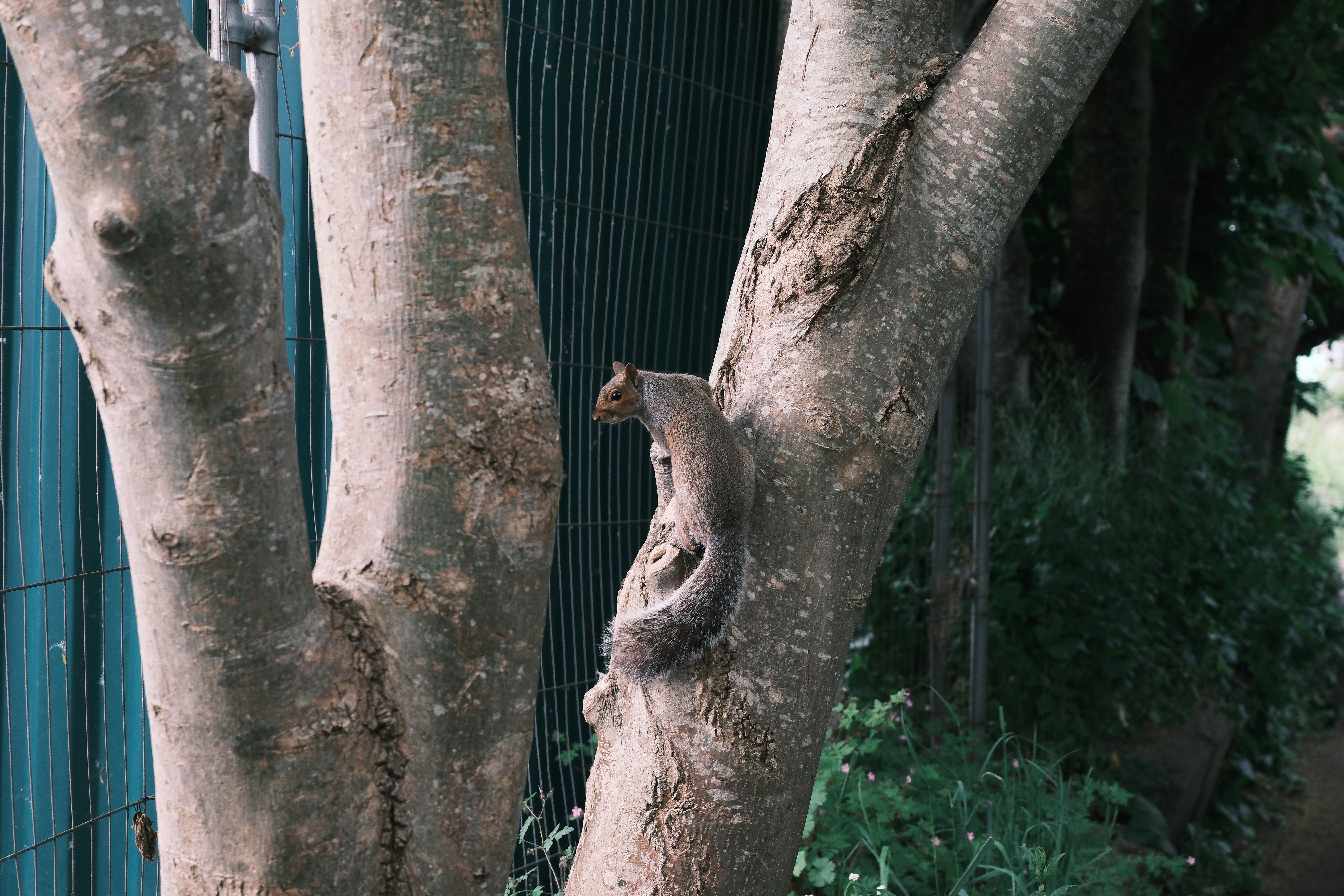

You can also choose from an array of shooting modes, including portrait, landscape, and even beach. Portraits come out beautifully, with the X-T50 succeeding at blurring the background and putting the subject in focus. The photo below was shot in the black and white Acros simulation, which quickly became my go-to for portraits.


If you’re wondering what photos look like without any film simulation recipes applied, the two photos in the gallery below were shot in Provia which, while technically also a film simulation, serves as the camera’s standard color profile for all purpose shooting.

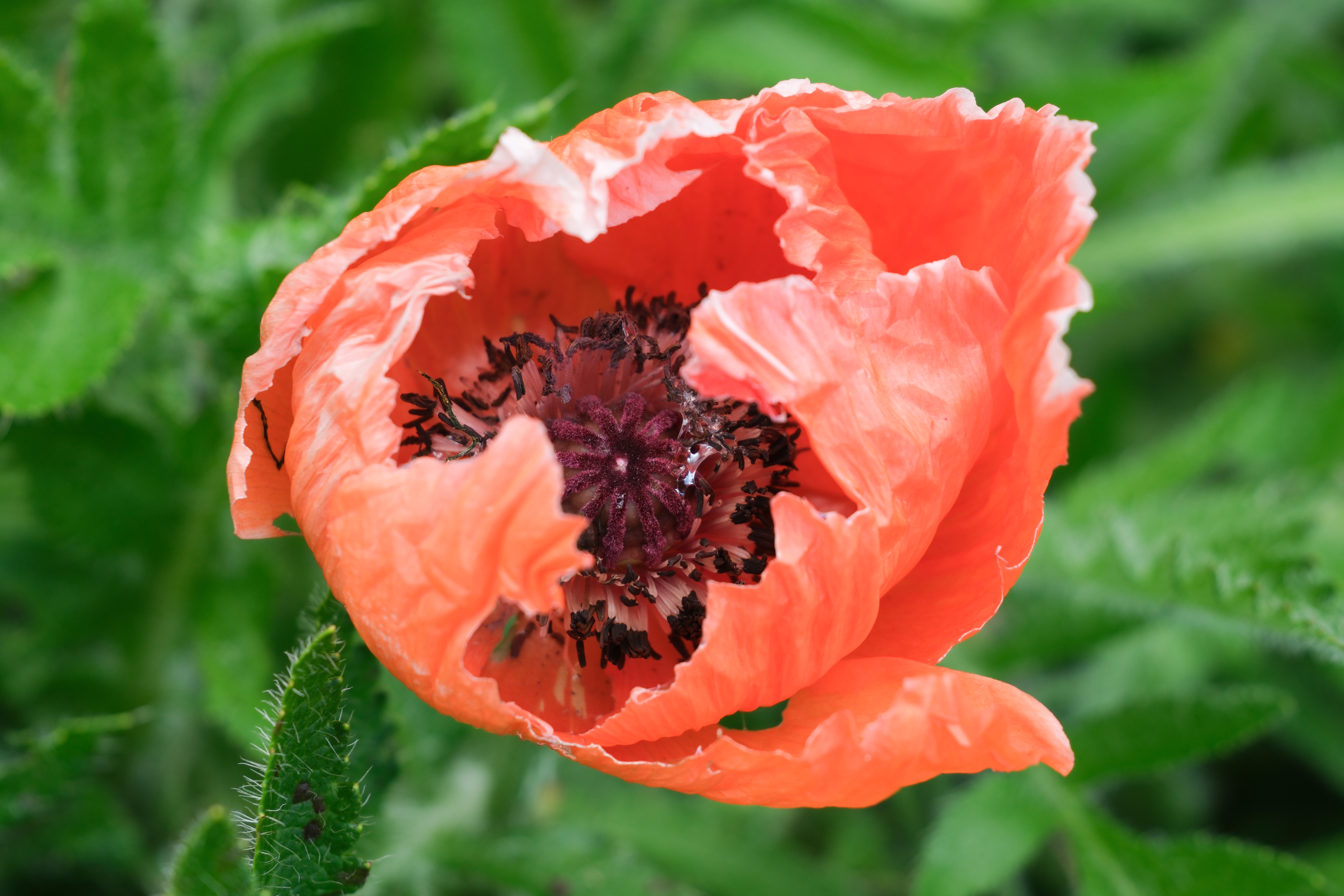
Provia Standard still renders bold and vibrant colors, and I enjoyed shooting in it — you can see the results in the second and third photos in the gallery above. The orange flower pops against the green leaves without appearing overly saturated.
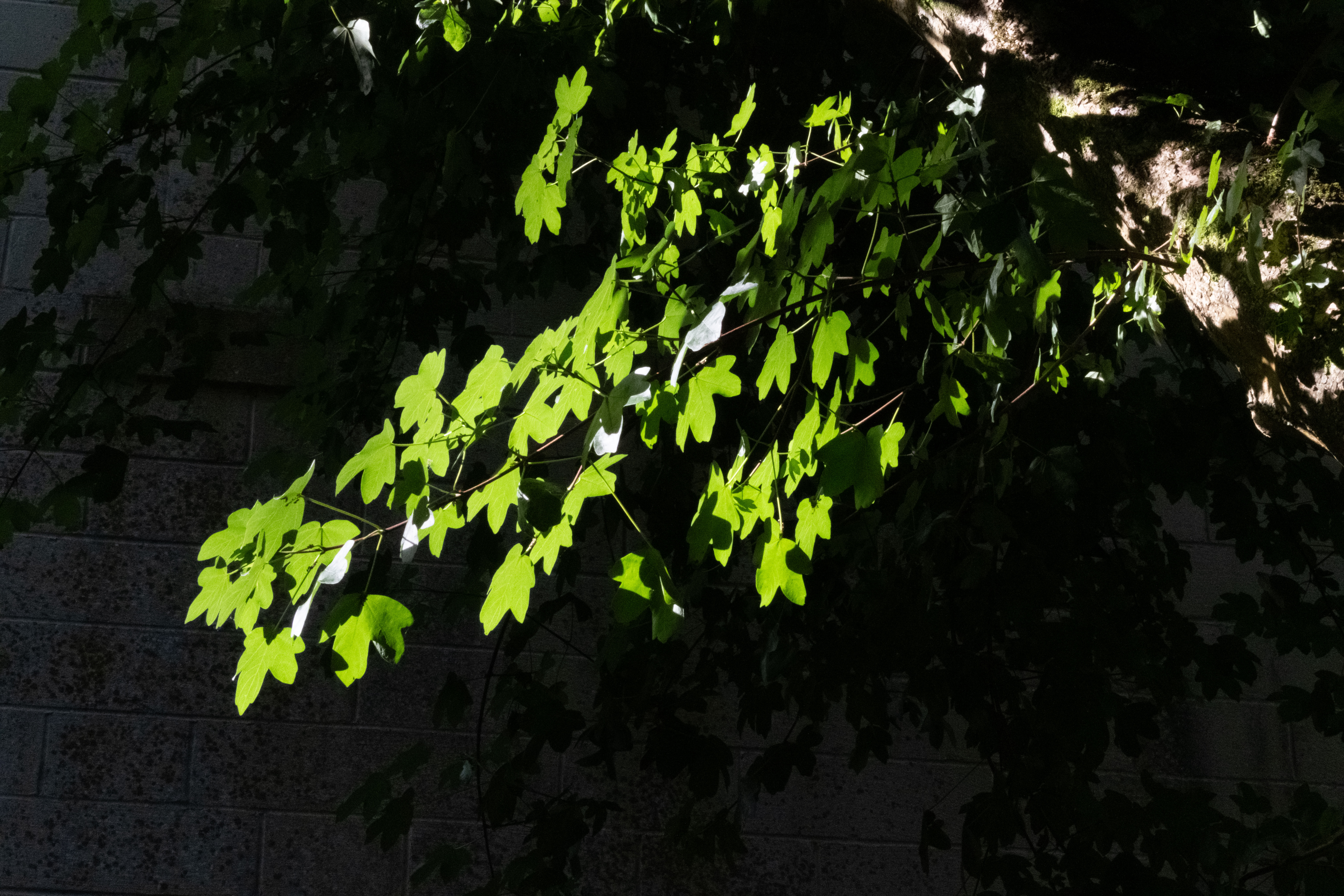
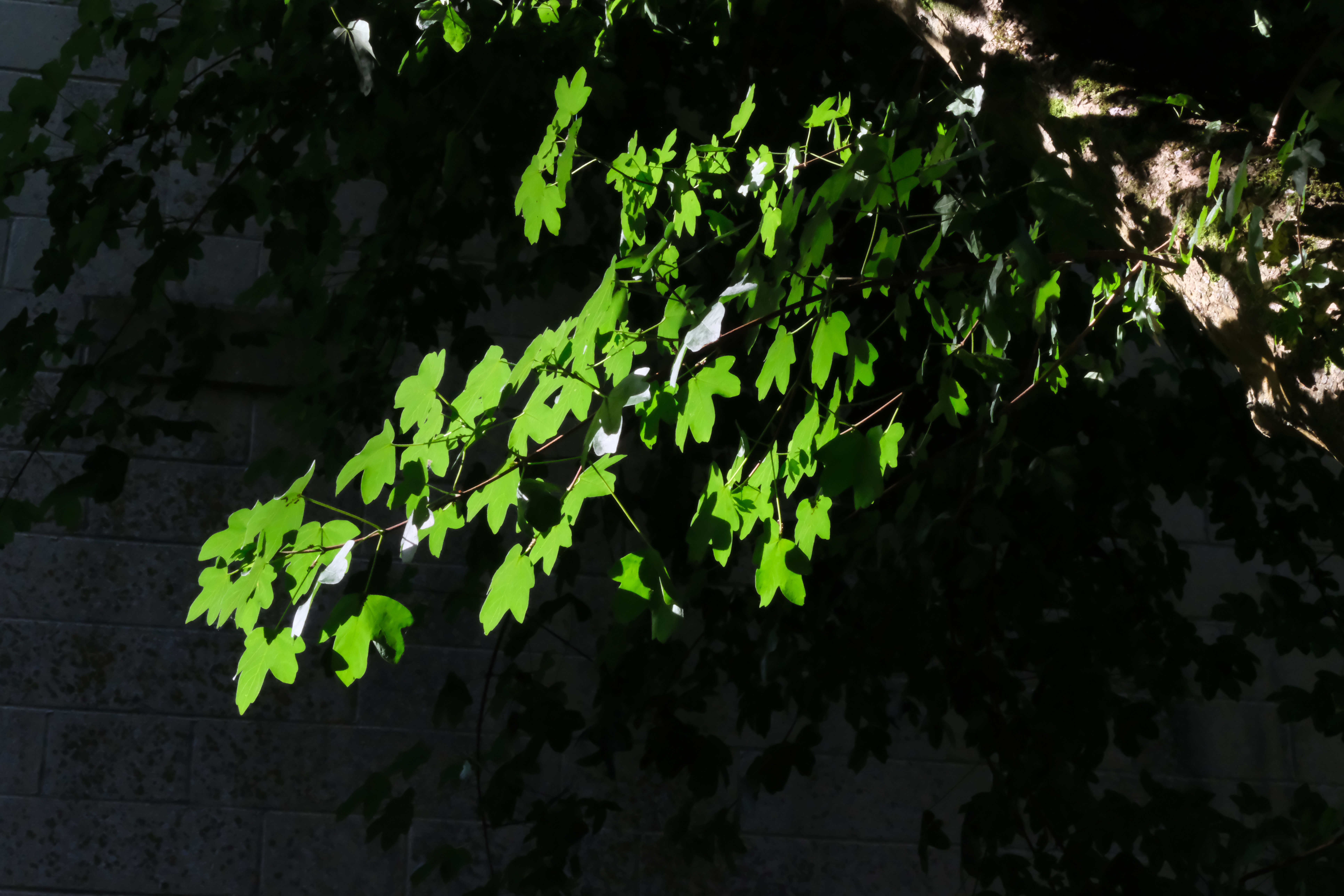
At ISO 6400, image noise starts to creep in but it doesn’t ruin the image. For instance, the first image in the gallery above is a JPEG export of the X-T50’s RAW file, while the second image is the out-of-camera JPEG. In the latter, the camera’s noise reduction has smoothed out any noise, albeit with a slight loss of detail. In the RAW file, it’s easier to make out the veins on each individual leaf, but you can still see them in the out-of-camera shot.

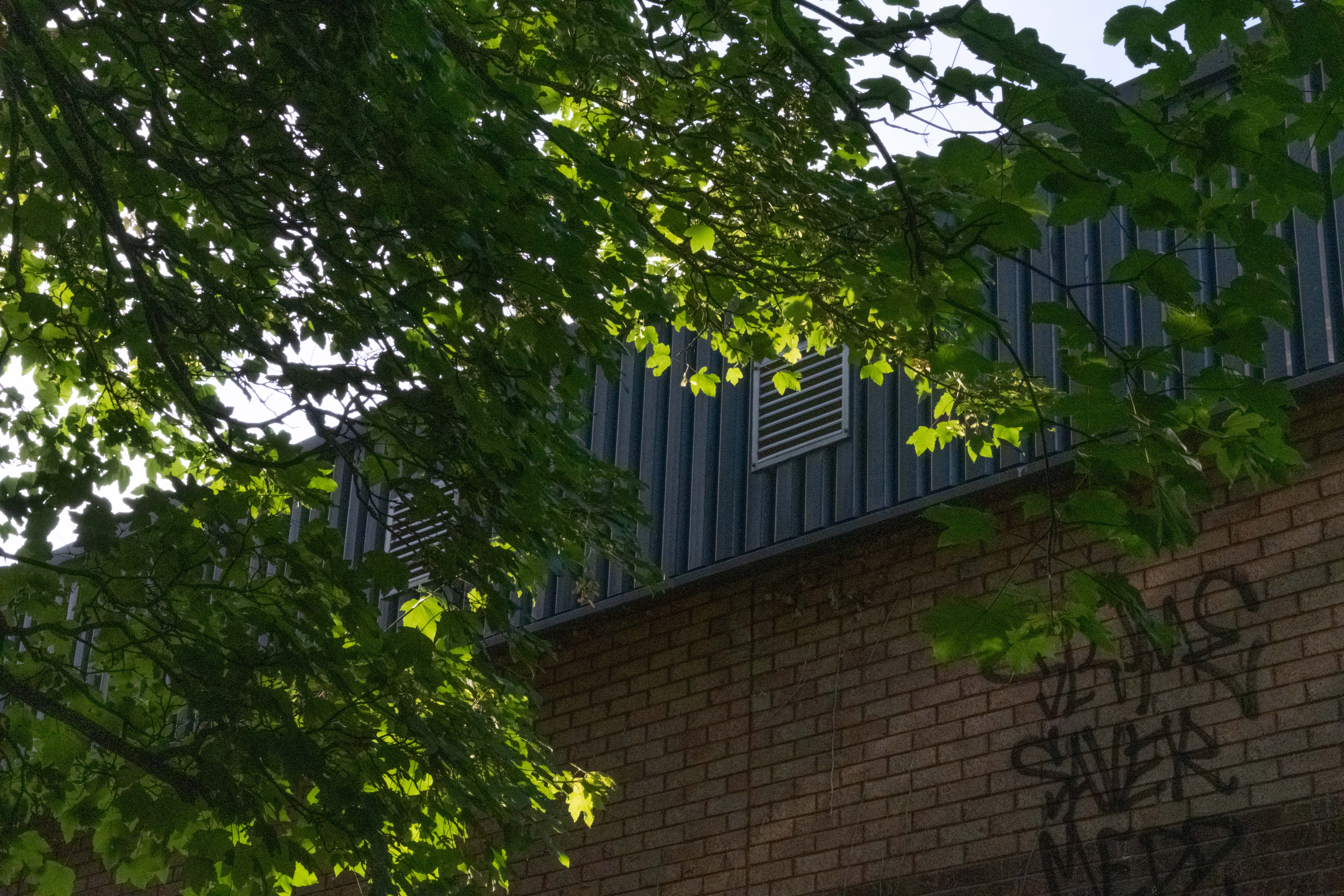
The X-T50’s dynamic range performance is decent too. The gallery above includes two variations of the same photo, shot at DR200 — the higher the DR setting, the more shadow and highlights recovered. The first is a JPEG export of the RAW file, and the second is a JPEG export with shadows boosted in Lightroom. As you can see, lots of details are revealed in the shadows, such as the graffiti on the wall and the bricks’ lines but the dynamic range works well enough that it doesn’t blow out the highlights — the sun illuminating the leaves.
Fujifilm X-T50 review: Video performance
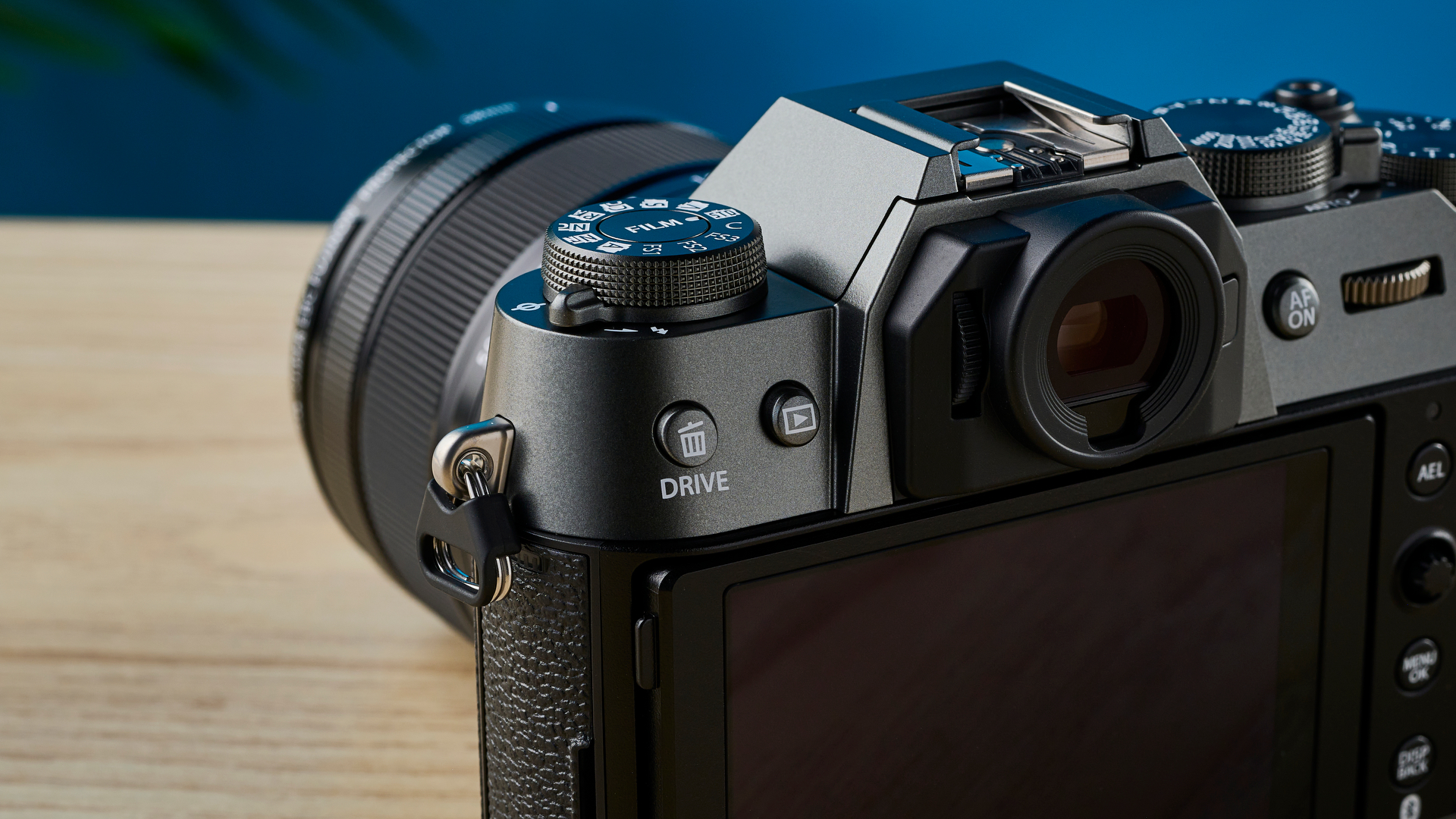
While the Fujifilm X-T50 is a stills-first camera, it has impressive video specs too. Like the X-T5, it can shoot 6.2K video at 30P and 4K at 60P with a 1.14x crop. It’s a step up from the X-T30 II which could record 4K oversampled from 6K, and only at 30P. With added support for Apple ProRes RAW, 4:2:2 10-bit internal recording on offer, and F-Log2 support with a dynamic range of 13+ stops, the X-T50 tops its predecessor.
Autofocus performs well in video too, as you can simply tap the subject on the touchscreen and the camera won’t lose track. You also have the option to record slow motion footage at 240fps in Full HD. This is similar to the X-S20, but a little disappointing as the Sony a6700 can shoot 120fps in 4K.
Regardless, with all of this, the X-T50 provides users with great flexibility to play around with file sizes and quality. The X-T50’s in-body image stabilization works really well when shooting video. To test this, I filmed a few animals with IBIS off and on, and you can see the results above. Footage is super shaky with IBIS off but with IBIS on, the subject stays in focus and the footage is nice and smooth. IBIS came in clutch when panning across scenes. The video of the ducks and swan swimming appears smooth and steady, and the autofocus quickly locks on as soon as a subject is detected.
Video quality is great too, and the colors appear true to life. The sheep’s fur came out detailed and the green grass looked lush. You can even make out the blue marking on the sheep even though it isn’t easily visible in the second clip. In the third clip, the reflection of the trees in the water looks stunning as do the trails of water left behind by the birds. I love how pristine the swan’s white feathers look too.
Fujifilm X-T50 review: Battery life

This Fujifilm X-T50’s NP-W126S battery is the same as found in its predecessor, with a 390 shot CIPA rating when on eco mode. I was generally happy with it, but the NP-W126S is a poor performer compared to the NP-W235 batteries in the X-T5, X-S20 and X-H2/S.
While it fared okay when shooting exclusively stills, I was disappointed when shooting video. Shooting at 4K/60P, the camera died after shooting approximately 40 minutes. When shooting outdoors, there were short periods of overheating — around the 20 and 30 minute marks — but nothing too drastic. The camera also cooled down quickly so, thankfully, overheating didn’t make it impossible to carry on shooting.
Fujifilm X-T50 review: Verdict
Fujifilm’s latest offering certainly packs a punch, especially if you want a camera for street or travel photography. Thanks to its 40MP sensor, 5-stop IBIS hybrid AF and film simulation dial, the X-T50 excels when it comes to producing beautiful, artistic images. You won’t find this much resolution on a mid range APS-C camera anywhere else, with the highest resolution competitor being the 32.5MP Canon EOS R7 ($1,499). That said, while the Canon won’t shoot beyond 4K/60p, it does pack class-leading autofocus and dual card slots, making it the better choice for enthusiasts or burgeoning pros with paid clients on the line.
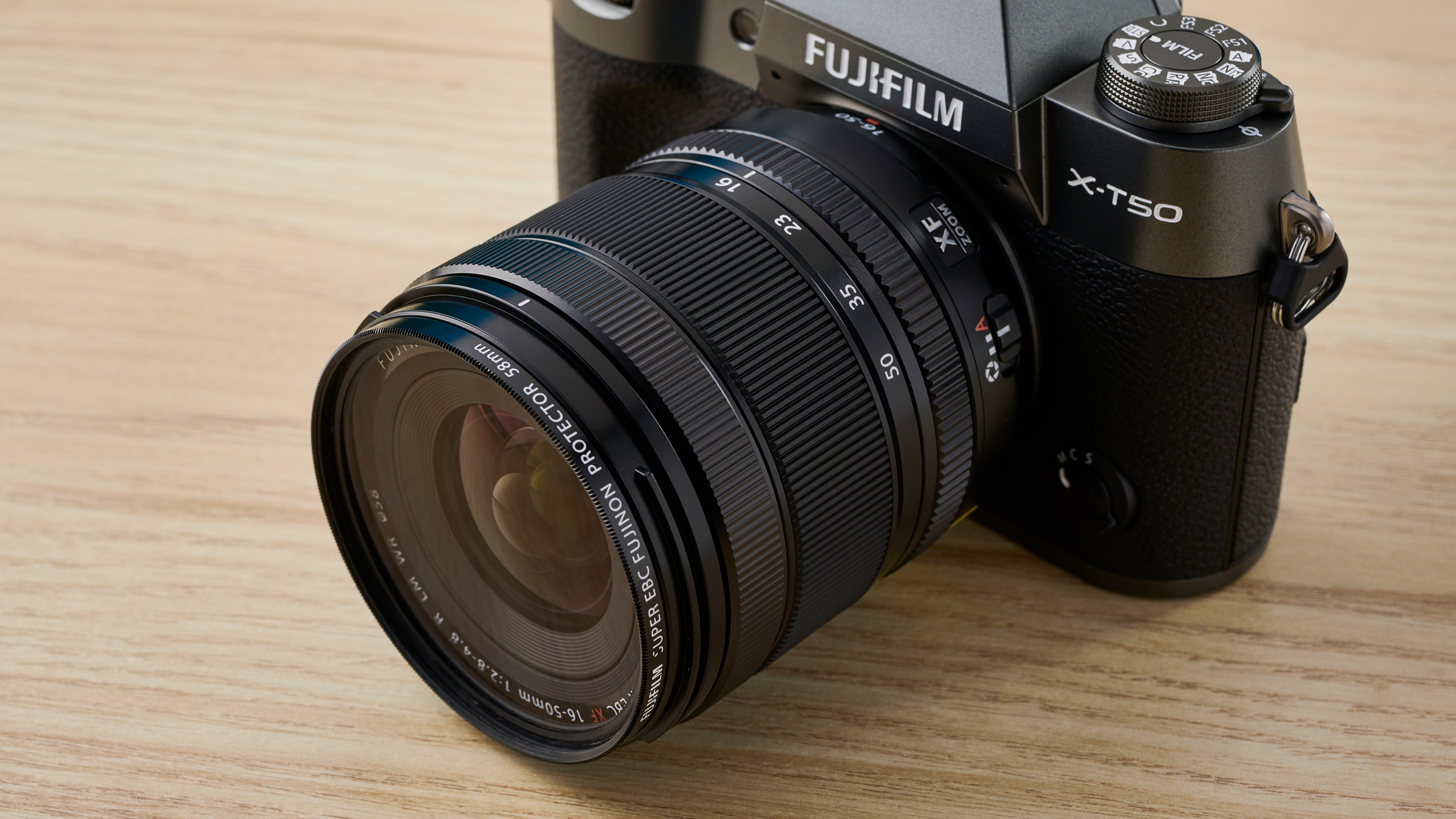
Bear in mind, too, that the X-T50's NP-W126S battery won’t last you a full day of shooting , especially if you incorporate video — it's better than the Nikon Z fc’s 360 shot rating, but the Fujifilm X-S20's 750 shot and Canon EOS R7's 770 shot ratings fare much better.
The X-T50 is also prone to short periods of overheating when shooting video, while the lack of weather sealing could be a drawback, especially if you travel, so you should consider the video-focused and weather-sealed Sony a6700 instead if ether are important to you.

Overall, though, the X-T50 easily warrants a recommendation. If you’re on the hunt for a great all-round street or travel photography camera but don’t want to shell out the extra $300 on the X-T5, the X-T50 is for you.
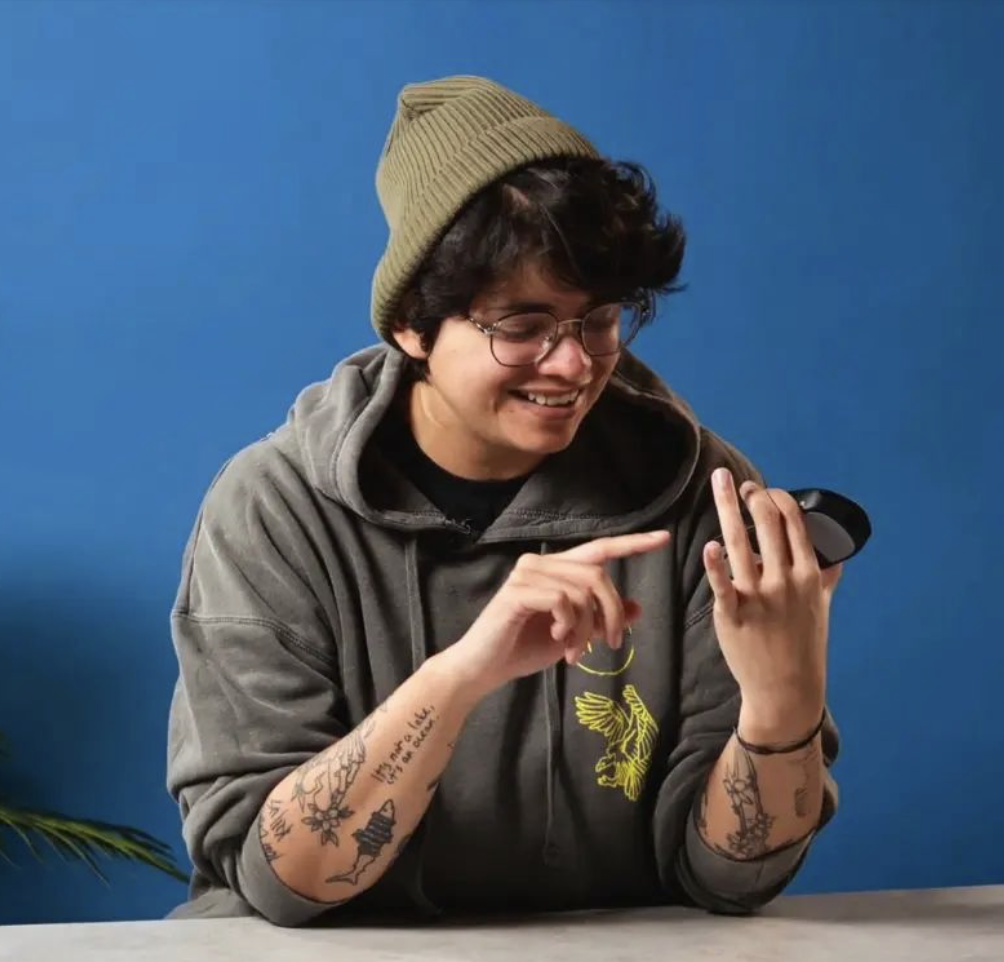
Nikita is a Senior Writer on the Reviews team at Tom's Guide. She's a lifelong gaming and photography enthusiast, always on the lookout for the latest tech. Having worked as a Sub Editor and Writer for Canon EMEA, she has interviewed photographers from all over the world and working in different genres. When she’s not working, Nikita can usually be found sinking hours into RPGs on her PS5, flying a drone (she's a licensed drone pilot), at a concert, or watching F1. Her work has appeared in several publications including Motor Sport Magazine, NME, Marriott Bonvoy, The Independent, and Metro. You can follow her photography account on Instagram here.


